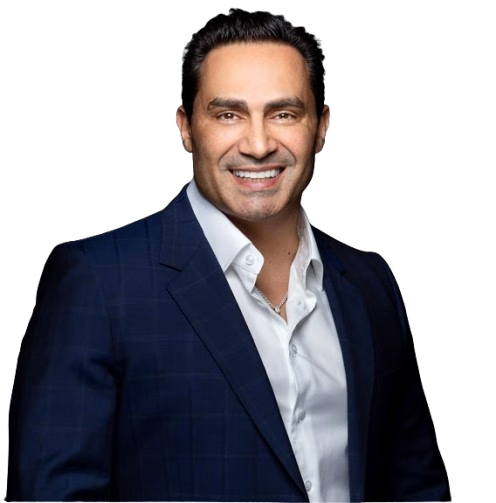Rhinoplasty Recovery Timeline
Following surgery, you will awake in the recovery room with ice-cold wet gauze covering your eyes to help control any swelling and bruising. You may be able to go home the same day of surgery, but some patients go home the following day. The first night you should aim to sleep with the head of your bed elevated and continue with ice-cold wet gauze to cover the eyes.
You will have a splint placed on your nose at the end of the operation, which is usually removed the following week during your follow-up visit. Occasionally, some packing is placed in your nose at the end of your operation. This is usually removed before leaving the hospital, although it may remain in place until your first post-operative clinic appointment.
Pain relief will be prescribed if required. You are not permitted to drive while you are taking prescription pain relief or sedatives.
The nose and the area around the eyes will be swollen and bruised, sometimes resulting in “black eyes”. The amount of swelling and bruising often increases in the first two to three days and then starts to subside. It may be difficult to breathe through the nose initially, but this will improve as swelling and bruising go down.
It is common to experience a little bleeding from the nose for the first few days after surgery. Do not blow your nose or put anything up your nose for the first few weeks after surgery and avoid any strenuous activities or contact sports for the first four weeks. After four weeks, you can return to normal activities.
Glasses can be worn after the splint has been removed but must not exert any weight onto the healing nose. Some patients choose to tape their glasses to their forehead to avoid putting pressure on the healing tissue in the nose. Contact lenses can be worn as soon as you feel able. Most patients will avoid going to work or socialising for the first two weeks, as they will have some bruising and bandages on their nose.
In order to ensure you achieve an optimal outcome, a number of postoperative treatment modalities can be offered to help with your healing and scar quality. This includes the use of light-based therapy treatments. Light therapy is designed to expedite the healing process, reduce pain, and optimise scar quality.


